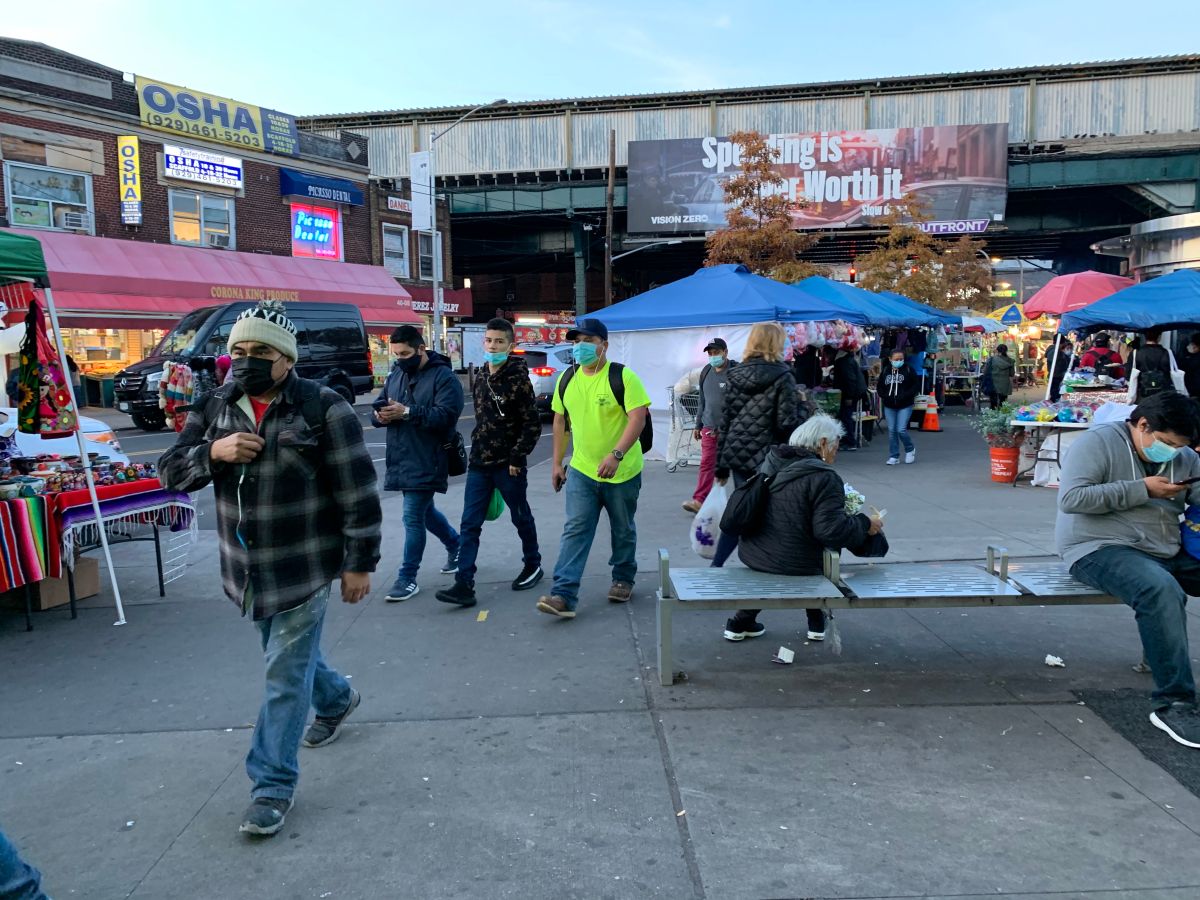Homeless people should be given their own place to live as soon as possible. The government believes that offering a permanent home is the most effective method of combating homelessness. At present, homeless people are mainly given temporary shelter in shelters, such as the Salvation Army.
State Secretary Van Ooijen of Public Health wants to get rid of this approach and speaks in his plan Tackling homelessness about a “fundamentally different view”. “Instead of sleeping on a stretcher and going from shelter to shelter, it is much better to have a place right away and recover from there,” said State Secretary Van Ooijen of Health, Welfare and Sport (VWS).
He thinks that homeless people can easily tackle their financial, psychological and other problems from a permanent place of residence. “It’s better than moving from one place to another.”
Campsites
There are about 32,000 registered homeless people in the Netherlands, according to Statistics Netherlands. Homeless organizations think there are many more. In principle, young people who left home with a quarrel and who temporarily sleep on the couch with friends also fall under the category of homeless people. Just like parents who lost their house during a divorce or people who do have a job, but have lost their home due to rent or mortgage arrears. It is about this economic homelessalso called homeless, who sleep in cars and campsites, but also knock on the door of the shelter in the evening for a dry place to sleep.
There has been talk for years about a better approach to homelessness and the previous State Secretary Blokhuis promised in 2020 to realize 10,000 extra living places with guidance. It is not clear from the plan of the new State Secretary Van Ooijen whether this number has been achieved. The letter to the House of Representatives does state that “many municipalities are working hard” on successful projects. He is pleased that the cabinet does not have to start “from scratch”.
young family
At the moment there is a housing shortage of almost 279,000 homes and that will only increase until 2024. Van Ooijen acknowledges that the lack of housing makes his proposed fight against homelessness more difficult to implement. Municipalities would rather allocate scarce, affordable housing to a starter or young family than to a homeless person.
Van Ooijen has set his hopes on the construction of new social housing in the coming years. “It is a long-term plan until 2030, when there will be time to build new houses.” This cabinet has also earmarked more money for it: 65 million euros per year. The previous government had a total budget of approximately 200 million euros.
The VWS state secretary hopes that the number of homeless people will be solved in eight years. “Ultimately, we hope to get to zero, perhaps by 2030.” Another plan is being drawn up for homeless EU migrant workers and will be announced shortly.
–


